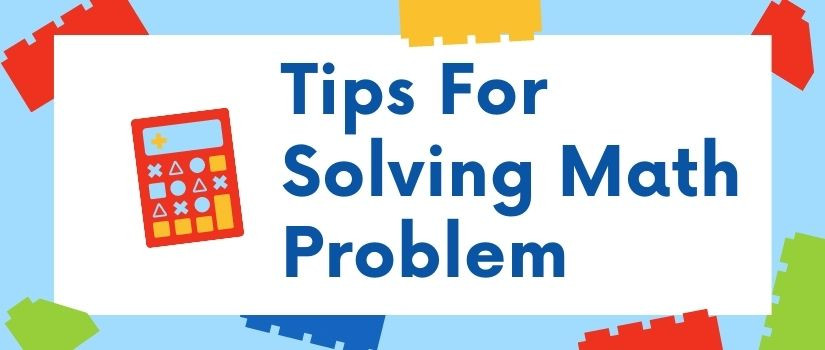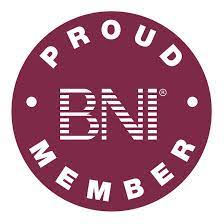Mathematics can often seem intimidating, but with the right approach and strategies, solving math problems can become a manageable and even enjoyable task. This article aims to provide you with practical techniques to master the art of solving math problems. From understanding the problem to utilizing effective problem-solving strategies, we will explore how to solve math problems with confidence and precision.
I. Understanding the Problem
A. Read the Problem Carefully: Take your time to thoroughly read and comprehend the problem. Pay attention to details, identify the given information, and determine what is being asked.
B. Identify the Problem Type: Categorize the problem into its relevant types, such as algebraic equations, geometry, or word problems. This classification will guide you in selecting the appropriate problem-solving approach.
II. Developing a Systematic Approach
A. Break Down the Problem: Divide the problem into smaller, more manageable parts. This helps to eliminate complexity and allows you to focus on solving one step at a time.
B. Utilize Visualization and Diagrams: Visualize the problem and consider creating diagrams or graphs to represent the given information. This visual representation can provide valuable insights and aid in problem-solving.
C. Apply Suitable Problem-Solving Techniques: Select the most appropriate problem-solving technique for the problem type. Techniques may include algebraic manipulation, logical reasoning, or trial and error. Practice different techniques to broaden your problem-solving repertoire.
III. Executing the Problem-Solving Process
A. Formulate a Plan: Develop a clear plan of action to solve the problem. Define the steps you will take and the strategies you will employ.
B. Perform the Necessary Calculations: Execute the calculations and computations based on the problem’s requirements. Double-check your work to ensure accuracy.
C. Verify Your Solution: Once you have arrived at an answer, verify its correctness. Re-read the problem and check if your solution aligns with what is being asked. Pay attention to units, precision, and any specific requirements mentioned in the problem.
IV. Enhancing Problem-Solving Skills
A. Practice Regularly: Consistent practice is key to improving your problem-solving abilities. Solve a variety of math problems from different topics and difficulty levels to sharpen your skills.
B. Seek Clarification: If you encounter difficulties or have questions, don’t hesitate to seek clarification from your teacher, classmates, or online resources. Understanding concepts and techniques fully is crucial to effective problem-solving.
C. Analyze Mistakes: When you make mistakes, view them as learning opportunities. Analyze your errors, identify the areas where you went wrong, and understand how to correct them in future problem-solving endeavors.
Solving math problems is not an insurmountable challenge; it’s a skill that can be developed with practice and a systematic approach. By understanding the problem, employing effective problem-solving strategies, and enhancing your skills through regular practice, you can gain confidence in your ability to solve math problems. Remember to remain patient, persistent, and open to learning from your mistakes. With these tips in mind, you’ll be well-equipped to tackle math problems with ease and accuracy.










